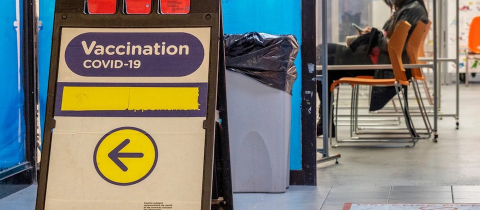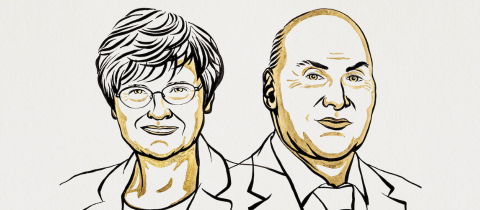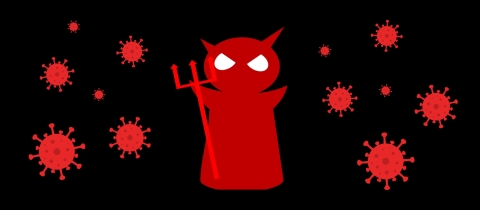This article was first published in The Montreal Gazette.
Herd immunity happens when enough people in a population are immune to a specific disease and therefore protect everyone else who is not immune. Remember that viruses need us to survive. They copy themselves by using the machinery of our cells and have to jump from person to person in order to keep reproducing.
So, if you are somebody who is not immune to the virus, but you are surrounded by people who are immune (either through prior infection or a vaccine), then this herd of people are essentially serving as a shield around you, so the virus can’t get to you.
Herd immunity really does work. Sort of. The problem is that you need a lot of people to be immune for it to take hold. For example, polio needs upwards of 80 percent of the population to be immune for herd immunity to work. Pertussis and measles require more than 90 percent. Practically speaking, you can never achieve 100 percent immunity because some people cannot get vaccinations either because they are too young or have compromised immune systems or have allergies. But if you can keep the immunity rates above that critical threshold, then the herd keeps them protected. If you can maintain herd immunity for long enough, the virus will eventually disappear. Smallpox was eradicated that way. There is talk that polio may soon follow.
Unfortunately, every so often people start thinking they don’t need to be vaccinated, and then immunity rates fall below the critical threshold. In Britain, a drop-off in whooping cough vaccination led to an outbreak just as waning measles vaccinations in the United States led to measles outbreaks.
The point is that herd immunity needs the majority of the population to be immune. What that threshold is for COVID-19 is not entirely clear, but I have heard others say that it is likely to require 60 to 70 percent of the population to be immune, and that is probably a fair estimate given what we know about other viruses. Tens of thousands of people have been infected in Canada, but given the limitations of testing, many people, especially early on in the pandemic, did not get tested. Also, many people have no or very mild symptoms and may not have ever realized that they were sick. So in reality, the number of people who have contracted COVID-19 is without a doubt much higher than the number of people who have tested positive and much higher than the numbers reported on the news. A recent study suggested that the numbers may be up to 12 times higher, and while that sounds impressive, it still only represents less than five percent of the population of Quebec. So even if we accept that the vast majority of cases of COVID-19 are undiagnosed, we are nowhere near achieving rates that would result in herd immunity.
The other problem is that if in the absence of a vaccine, the vast majority of people need to get infected to achieve herd immunity, even if we assume a very low mortality rate of less than one percent, it still means hundreds of thousands of people need to die. That is too high a price to pay.
Sweden tried a more relaxed form of social distancing in an attempt to achieve herd immunity and found itself with a surge in deaths compared to neighbours like Norway and Finland. Best we not follow suit.







